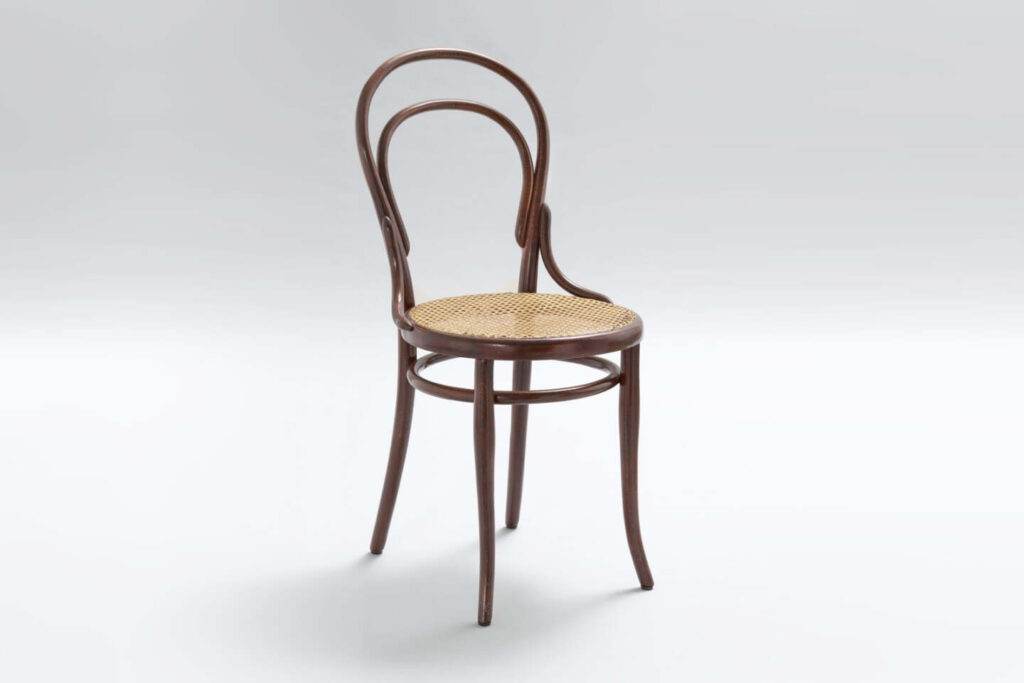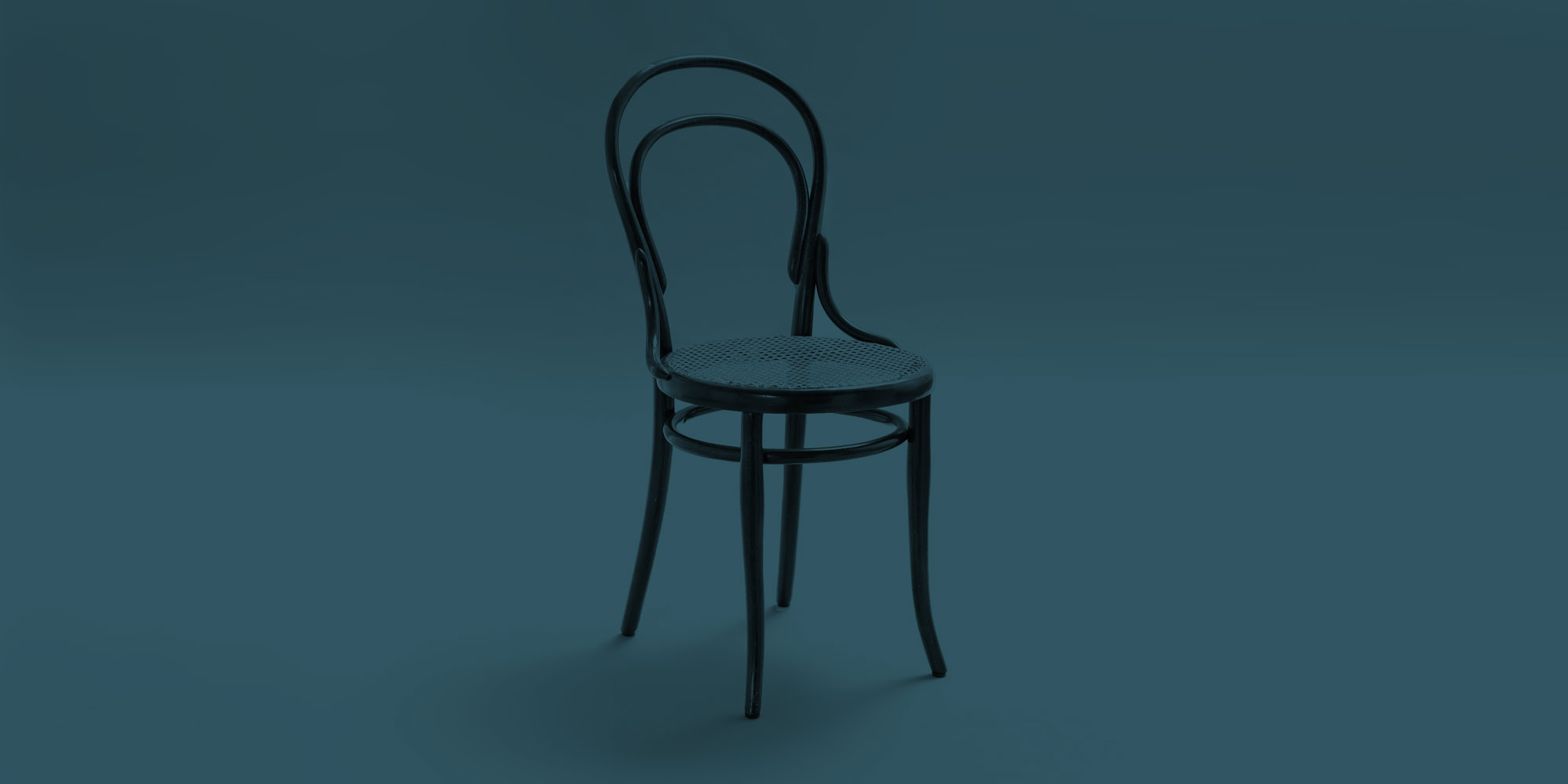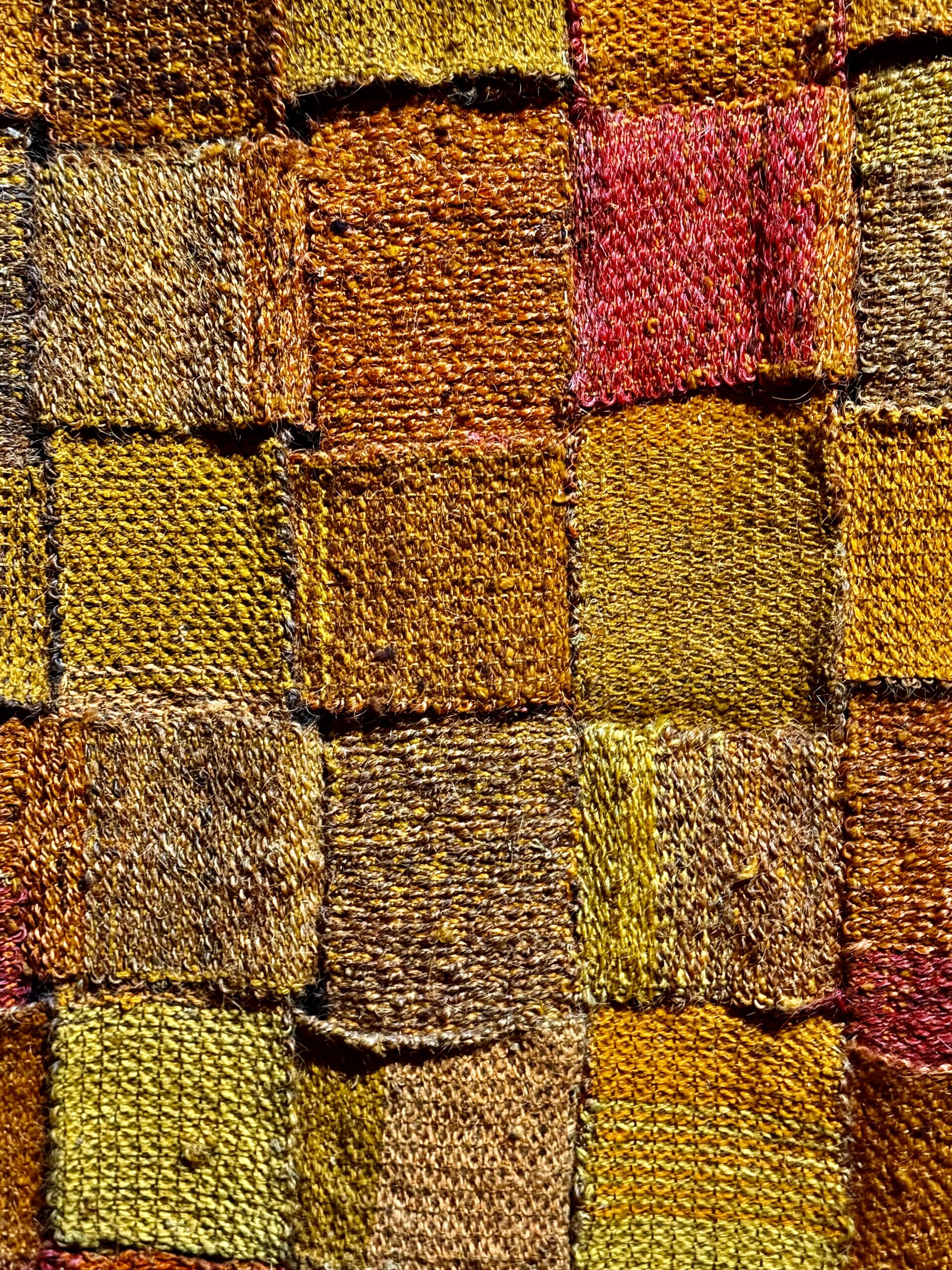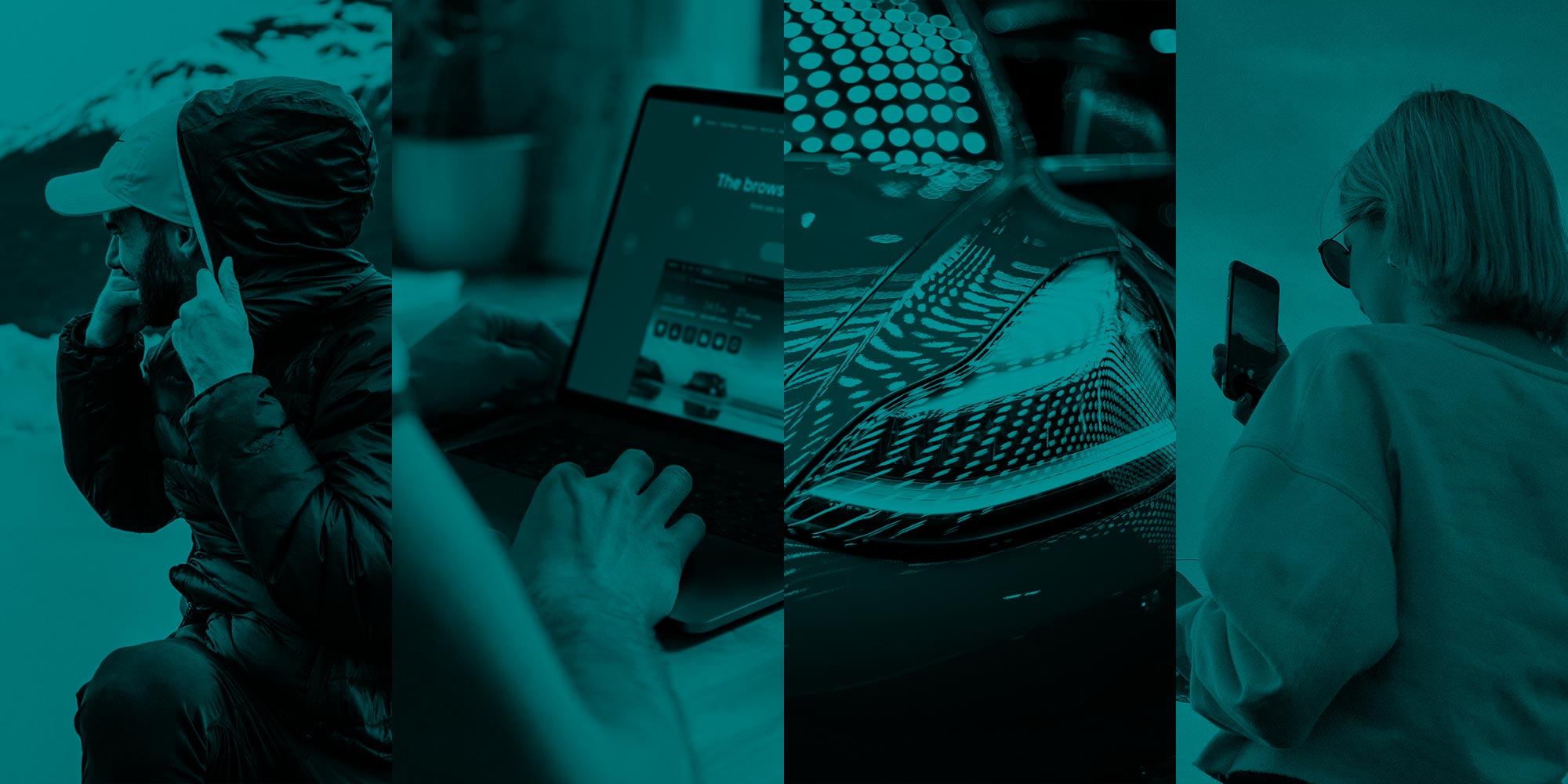Design, the profession, began in 1850 during the first Industrial Revolution, when industrial mass production began to require the separation of idea and execution. A century and a quarter later, Michael Porter summarized strategy as being “the creation of a unique and valuable position, involving a different set of activities.” To differentiate an increasing number of similar products, design was and is the key to achieving this.
Designers give shape, form and meaning to a product to improve the physical and emotional needs of humans. That’s what we do. A designer does their work for the benefit of the customer or end user. We research how people interact with current products, we find out what their unmet needs are, what they desire, and what the painpoints are. This is all done to improve the experience people have with a product. I’m using product or experience in the sense that it could be a three-dimensional artifact, such as a car, chair or a two dimensional service such as an app to do online banking or ordering groceries.
A product that is poorly designed will cause you unnecessary pain. Public transportation ticket vending machines around the world are a good example of often causing too much cognitive load for what the user wants to accomplish, which is getting from point A to point B with a valid ticket. How does one buy the ticket, are there zones to consider, does the person need to hold on to the ticket to exit, can the ticket be reused, more value added, etc.? Every city has different ways of solving it, none are simple.
A well-designed product becomes timeless. The bentwood chair at the café where you’ll soon sit on again, was designed by Michael Thonet in the late 19th century. The phone you hold today was heavily influenced by the Bauhaus, and Dieter Rams, who designed for Braun.

Designers are often told to “make it look pretty”, which is the role of a stylist. A stylist makes everything look fantastic, including you at a photo shoot. You already look fantastic, but a stylist will make your clothes fit better, and will bring out the best of your natural beauty. A designer is not a stylist. While designers care about aesthetics, it’s only one part of what needs to be considered in designing a service, app, or product. Herb Simon, the Nobel Laureate Economist, said, “To design is to devise courses of action aimed at changing existing situations into preferred ones.”
Designers are visionary in the sense that what we are creating hasn’t existed before. Therefore, a good designer will learn about the business and product strategies, and develop a holistic picture about the company, its competitors, the market, the customers and prospects before even setting out to sketch. The true meaning of design is that it transforms business—for the benefit of humans.
Organizational design devises different ways to structure and run a business based on external and internal factors. User Experience design improves the end-to-end experience customers have with a product. To design means to put the human at the center. This is human-centered design. Designers must collaborate with all functions to create a sought-after experience or product for humans. To design means to synthesize ideas, research, and data into useful, delightful products.
Could a company exist without designers? Yes. The products would be difficult to use, it would be expensive and time-intensive to train new employees to use them, the company would pay millions to consulting firms to implement and manage them and train the workforce. Once a person has been trained to use such a complicated product, the person will not be keen to learn yet another version or way of doing things, and will often boycott improvements in dealing with the product. While the end user knows how to accomplish a task that they were trained to do, they have no incentive to want to investigate the product’s additional services and functions that might make their job easier, because the product is too complex to comprehend. Designers are often an afterthought and are hired to execute what the product owners tell them to do.
A well-designed product reduces deployment and training cost and time. Training will be minimal, as a designed product takes the user’s frame-of-reference into account and will allow the user to investigate and learn the product on their own account. Design, product management and development can iterate on further product improvements and launch those. The end user will accept these changes because they understand the product’s purpose and meaning.
User and usability research is constant and iterative. A designer works for the benefit of people, so the connection to customers and end users is vital. Collaborating with relevant product development groups to create a constantly evolving product that is easy to deploy and manage, that is easy to learn, and a delight to use is how design adds enormous value to a business. Your shareholders and stakeholders will thank you that you’ve made design a strategic business function, and that you’ve added a meaningful experience to the world.







